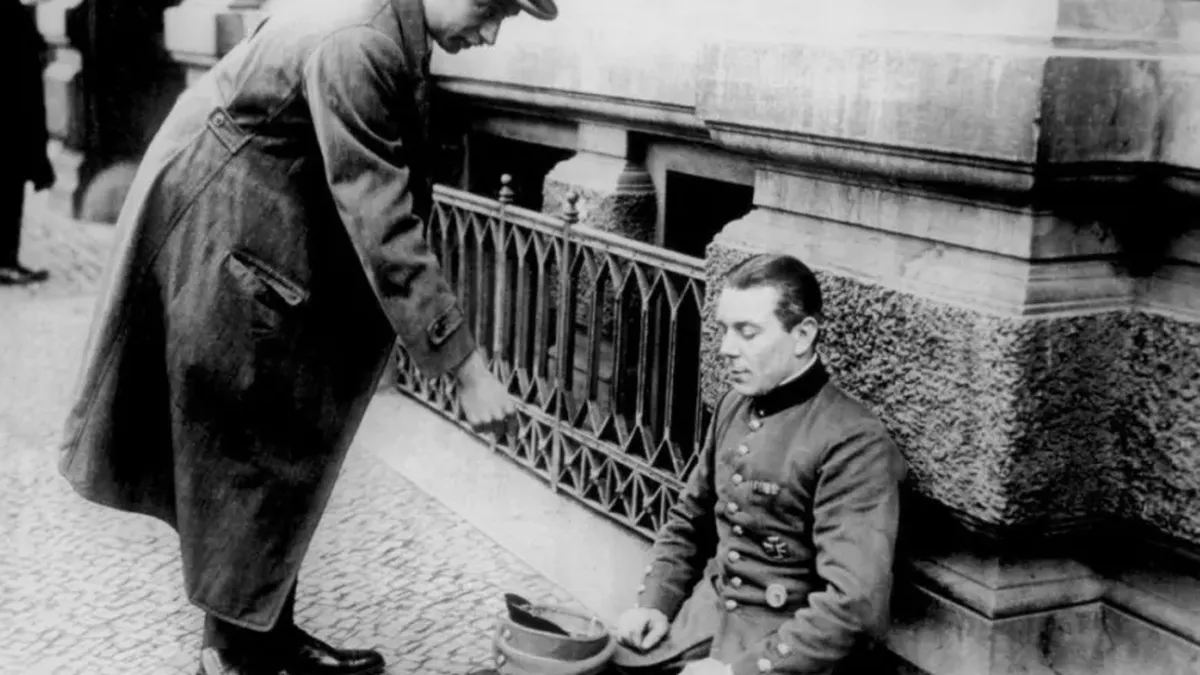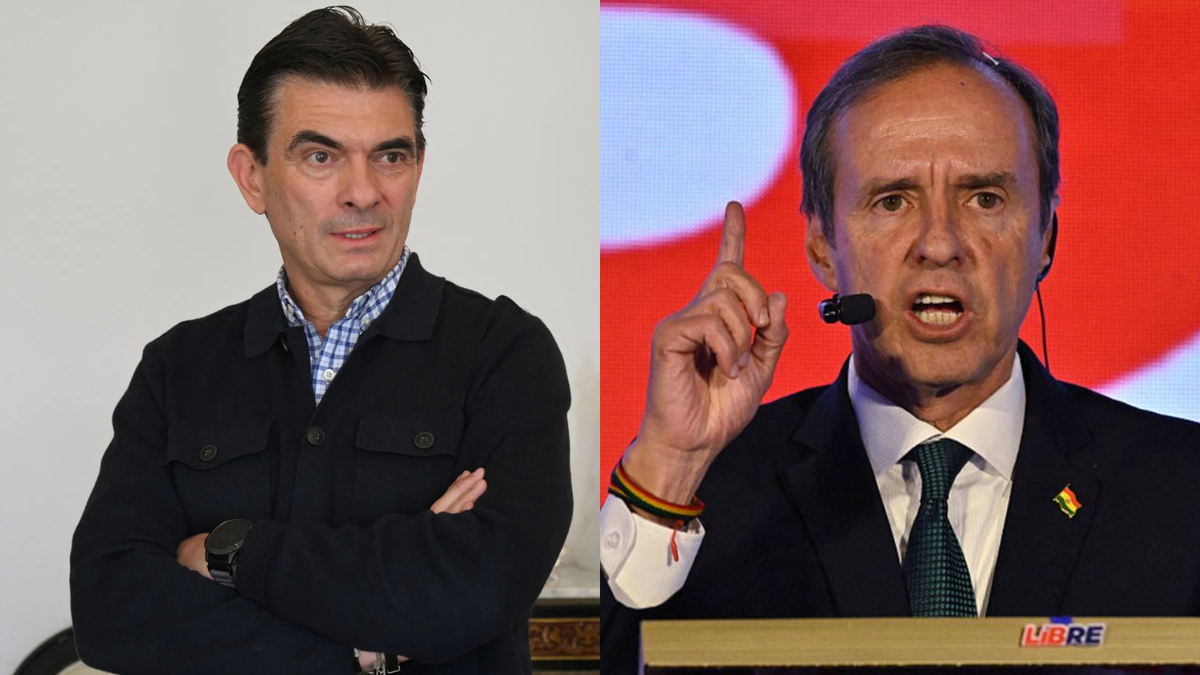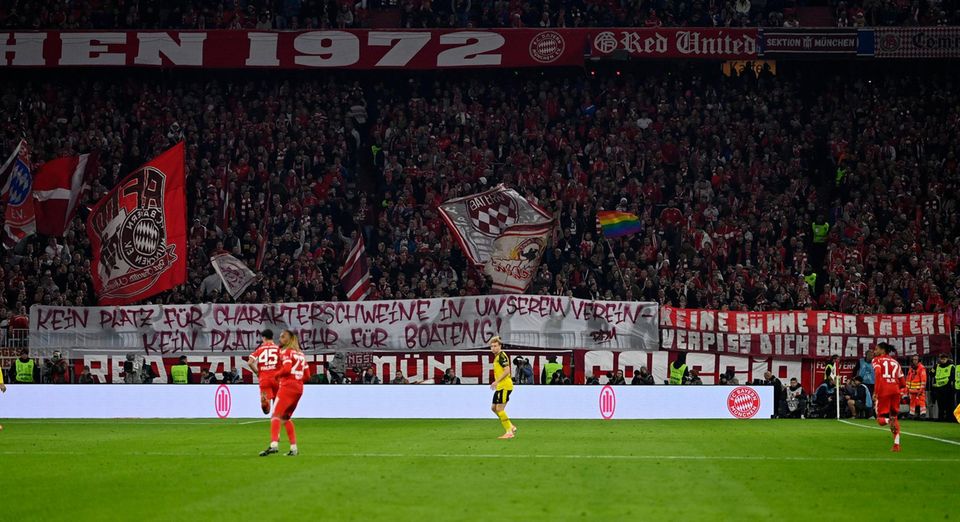World War I, currency changes and repairs payments led an already beaten Germany to an unprecedented crisis.
For February 1923inflation in Germany marked that the price of US dollar had reached the figure of 47,500 framesa bulky figure at that time. Five years later, a new party would be born in response, which responded to Nazismthen carried out by Adolf Hitlerone of the most atrocious characters in the history of mankind.
The content you want to access is exclusive to subscribers.
How had Germany reached that state? For that you have to go back a few years ago; At the end of the World War Ithe Germans were among the most beaten by the hard defeat in the international panorama. Consequently, They had to pay what the Versailles treaty dictated.


hyper Germany.jpg
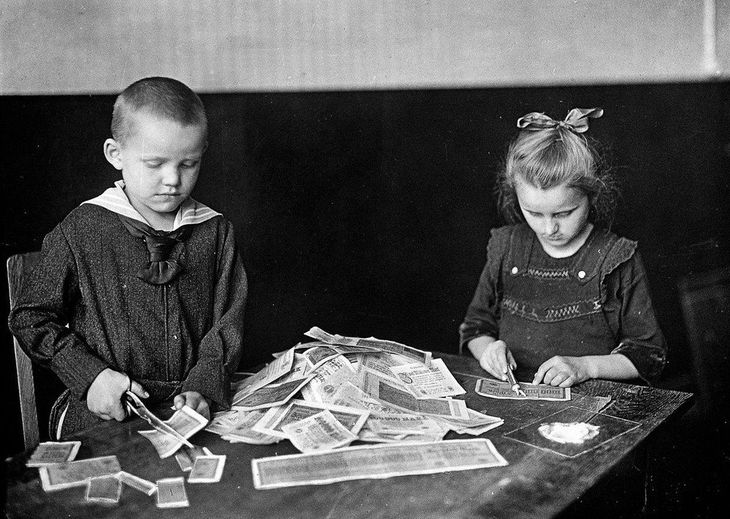
Causes and consequences of the hyperinflation of 1923
France, Belgium and the United Kingdom imposed repairs to Germanybased on the damage caused by its armies. In the meantime, the life of foot citizens was not much better; Damage to the country caused an important recession, so The Weimar Republic decided to impose the “Papieark”, a paper money that was already replacing the traditional German currency, the “Goldmark”.
The only problem was that the first They had no gold support, so they were not convertible. In the absence of reservations, the German government used the “Papiermark”, and until mid -1921 it maintained a price around the sixty frames per US dollar. At the same time, an ultimatum was launched from the United Kingdom demanding the payment of two million gold frames annually, so Germany had to emit and accelerate the impression of tickets, an action that helped quickly devalue the currency.
The German government could deal with repairs with devalued money, but at the beginning of 1922, the financial system stopped accepting that payment and European powers demanded transactions with natural resources such as coal, wheat and wood, which accentuated the devaluation.
Prices began to rise at full speed, salaries did not reach and savers lost all their money. Farmers no longer wanted to sell in Marcos and food disappeared from cities such as Berlin, Hamburg and Münich. This situation gave rise to “Notgeld”emergency money issued by communes, savings banks and even companies.
By 1923, the German workers of the RUHR declared themselves on strike and the German government issued more currency to pay for wages, which took at the end of that year to the Maximum hyperinflation point. The solution came from the hand of Halmar Schachtthe president of the Central Bank, which replaced the currency of that time with the “Rentenmark”, together with a mortgage on land and guarantee industries, and managed to stop the issuance.
Alfred Rosenberg, next to Hitler. (Photo: http://www.sueddeutsche.de)
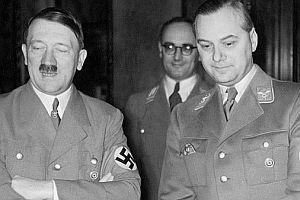
Alfred Rosenberg, next to Hitler. (Photo: http://www.sueddeutsche.de)
A short time later Nazism would appear as an electoral offer before the official weakness, and 10 years after hyperinflation Hitler reached power. The weakening of the middle class and The richness of the Jewish community was also a trigger for hate towards the minority that was killed and tortured by the Nazi regime.
Source: Ambito
I am an author and journalist who has worked in the entertainment industry for over a decade. I currently work as a news editor at a major news website, and my focus is on covering the latest trends in entertainment. I also write occasional pieces for other outlets, and have authored two books about the entertainment industry.

